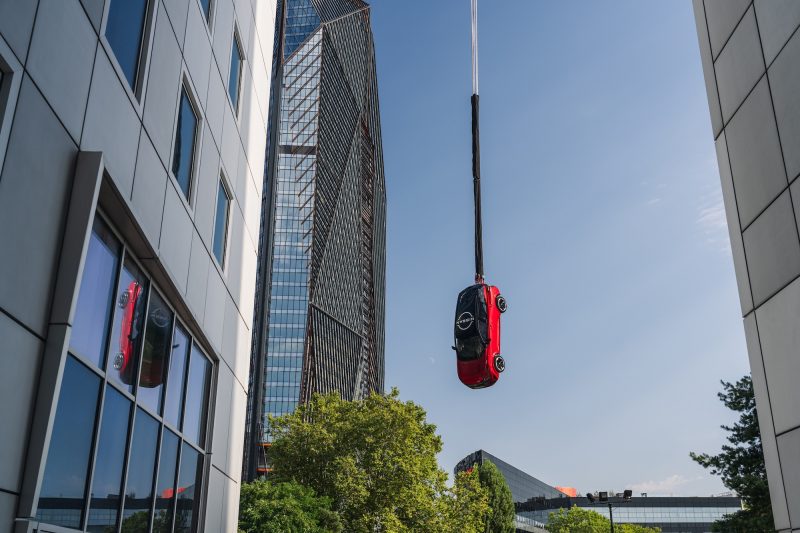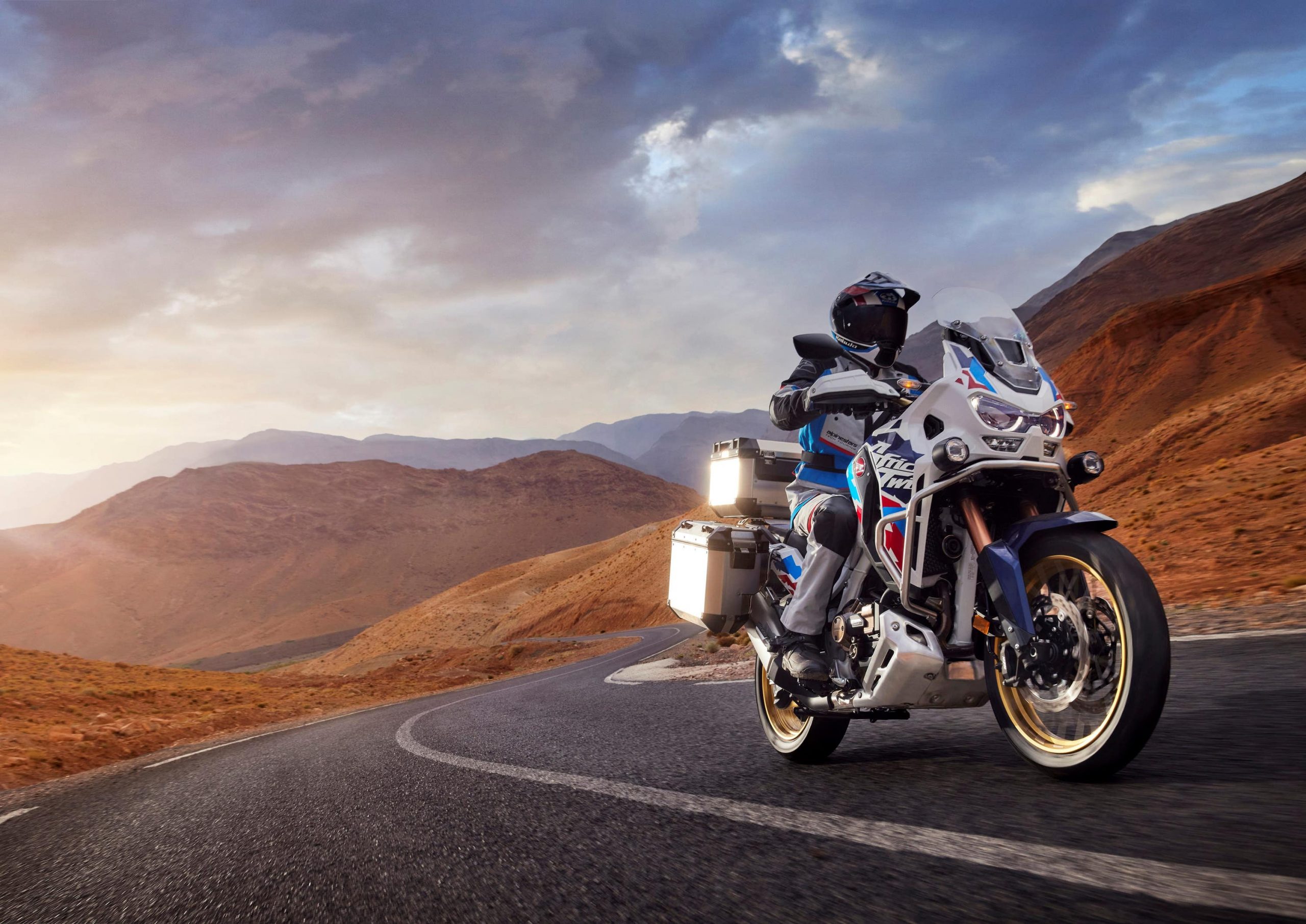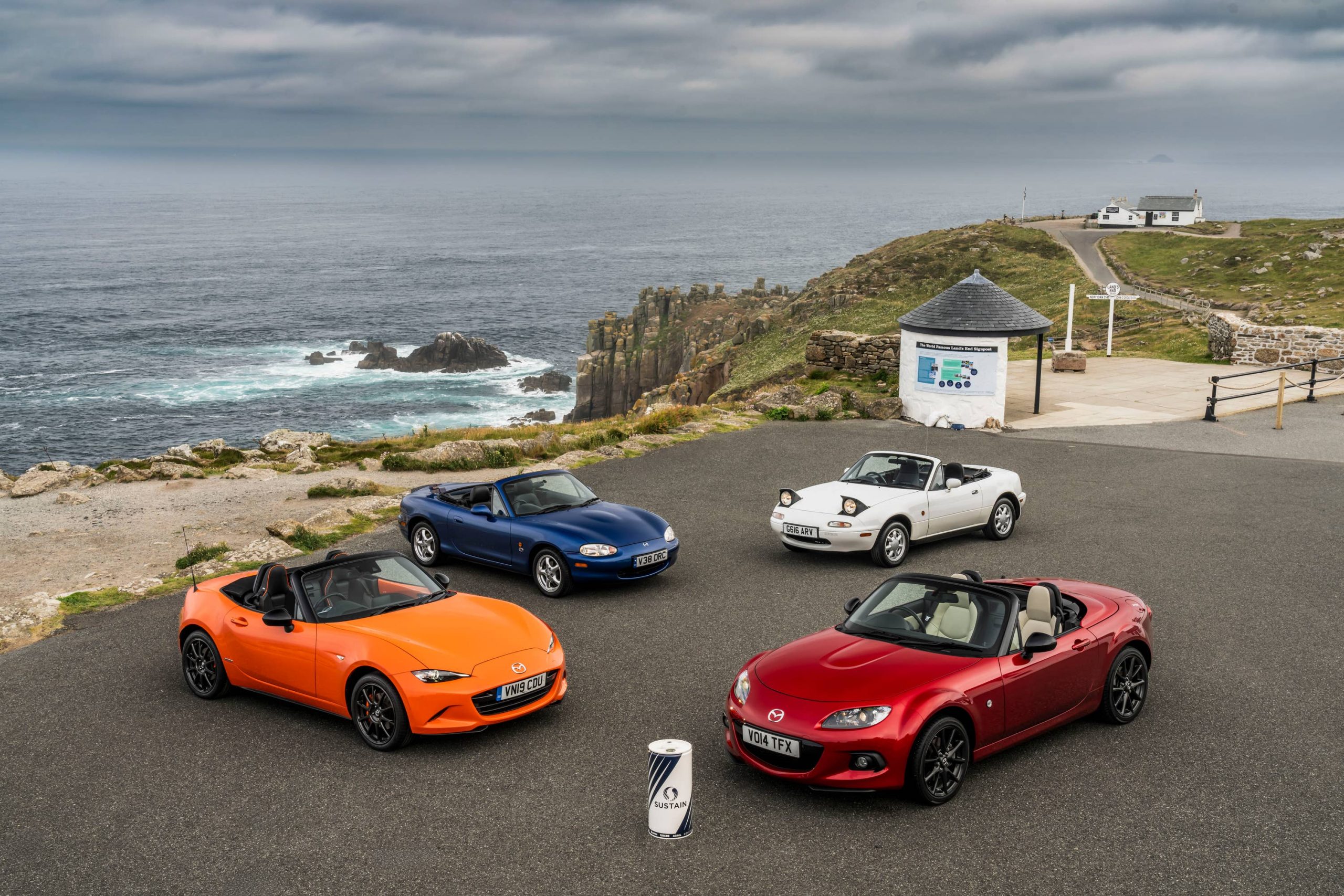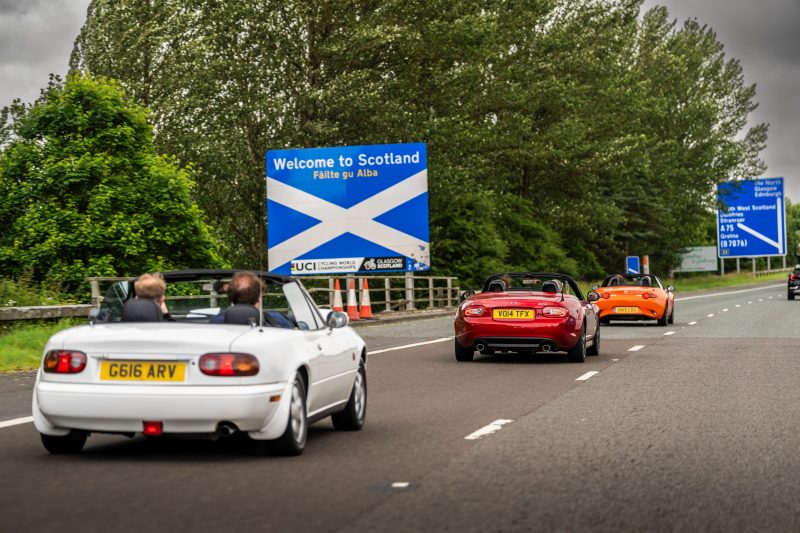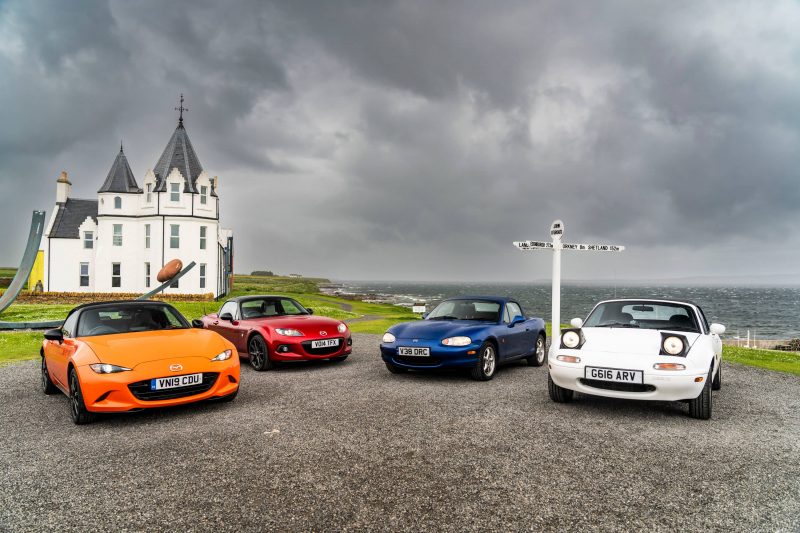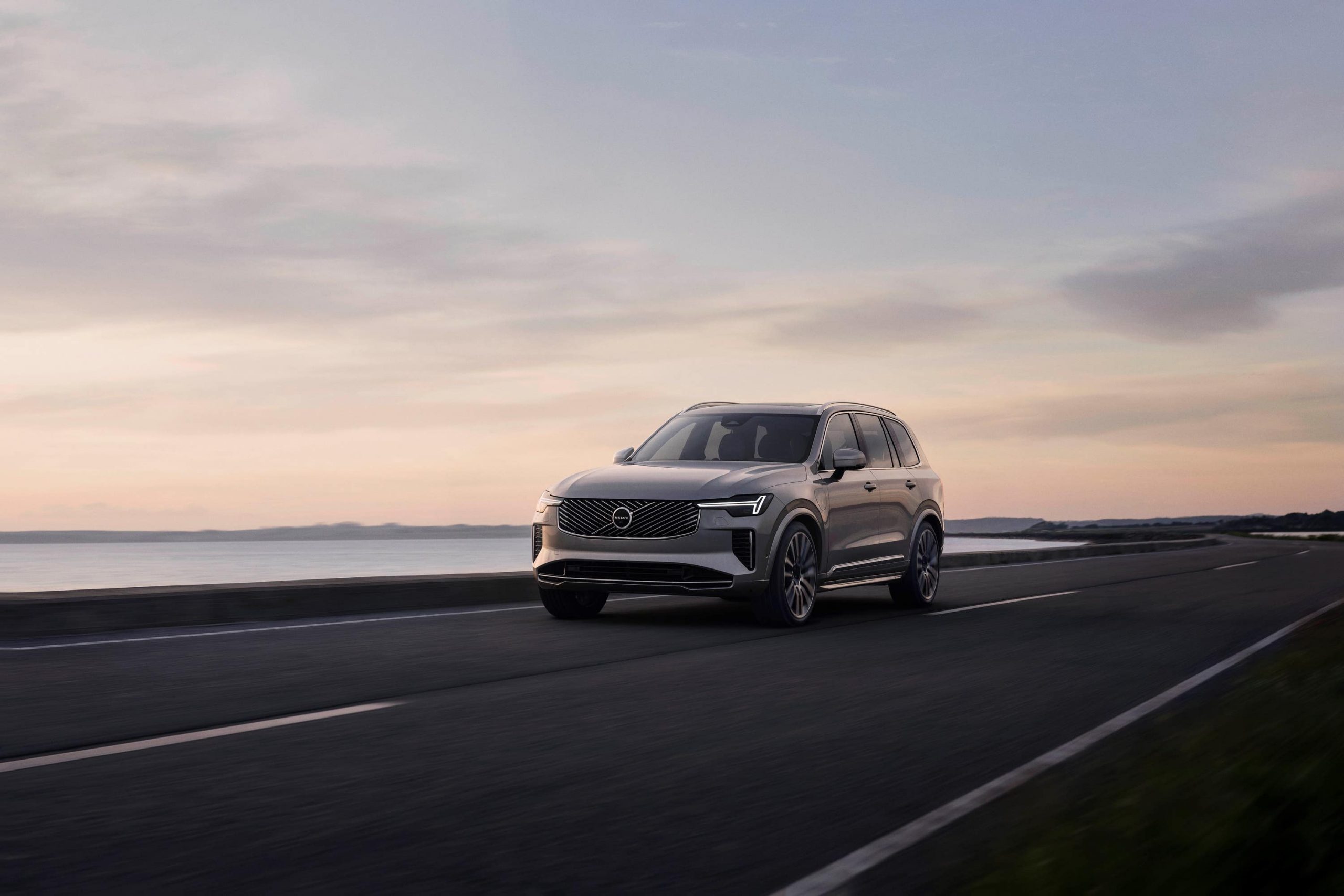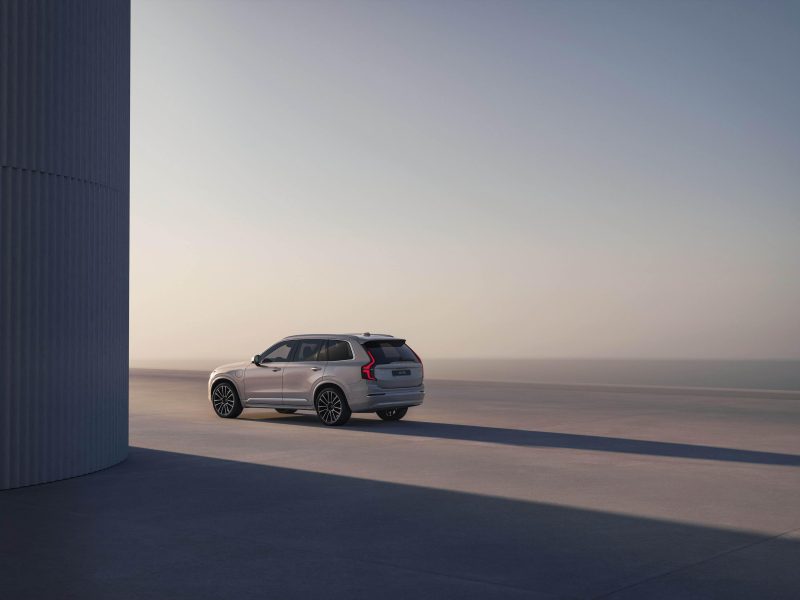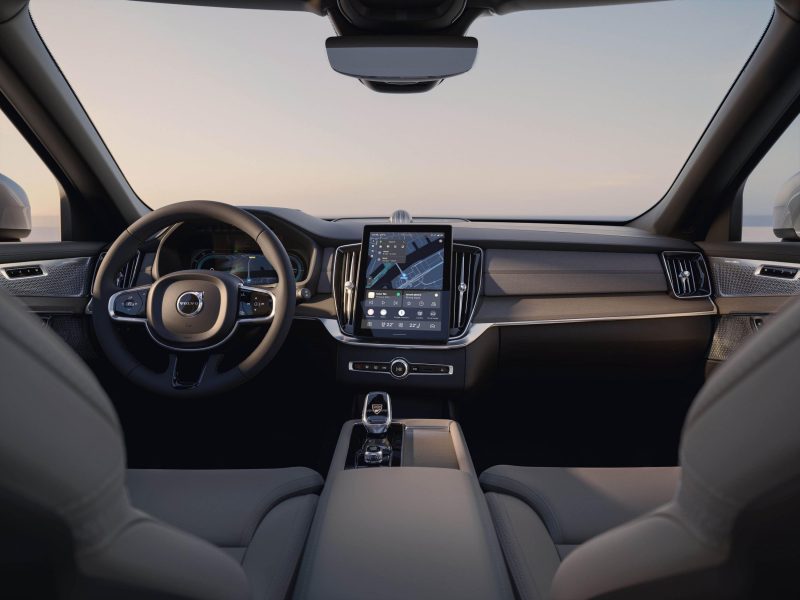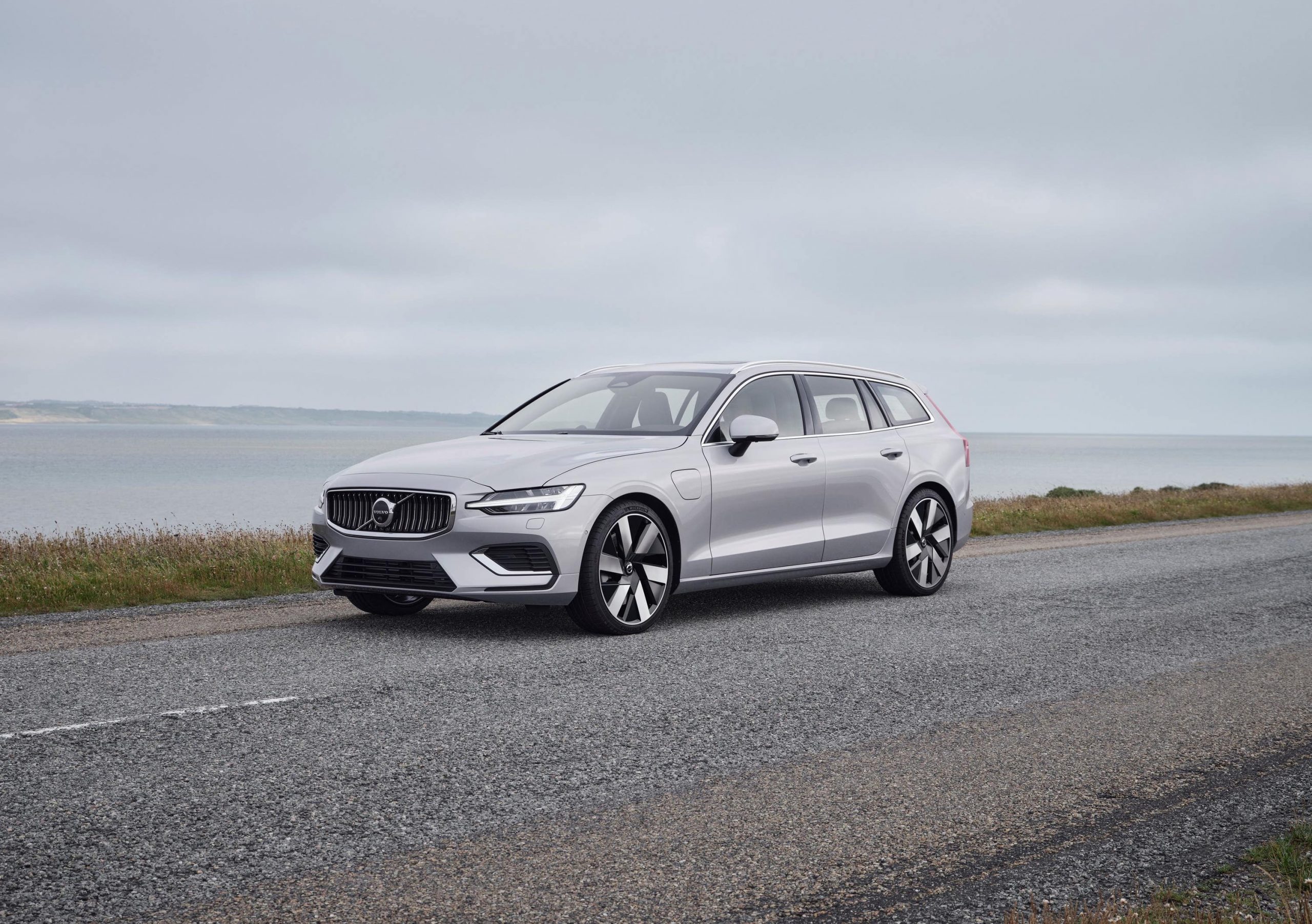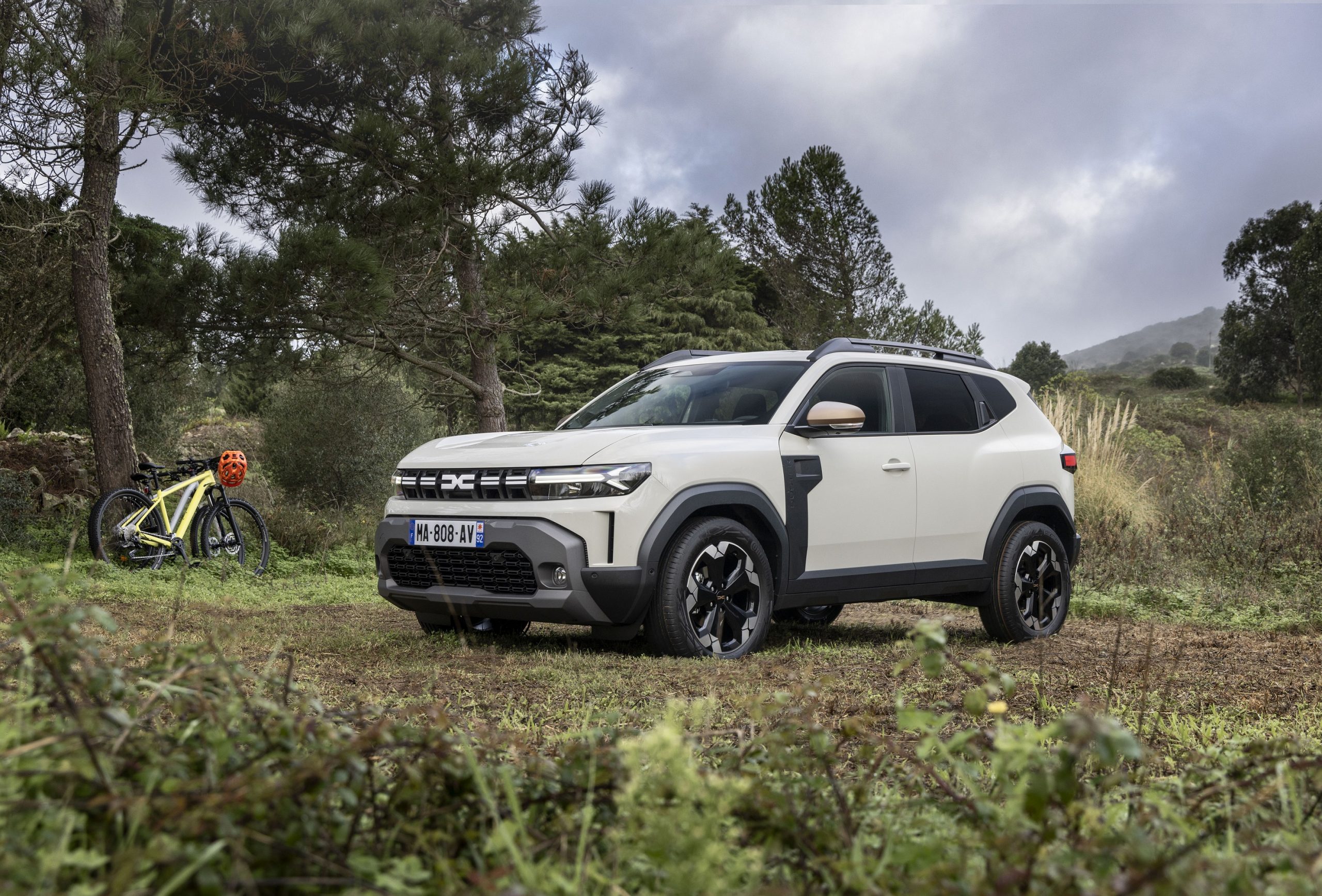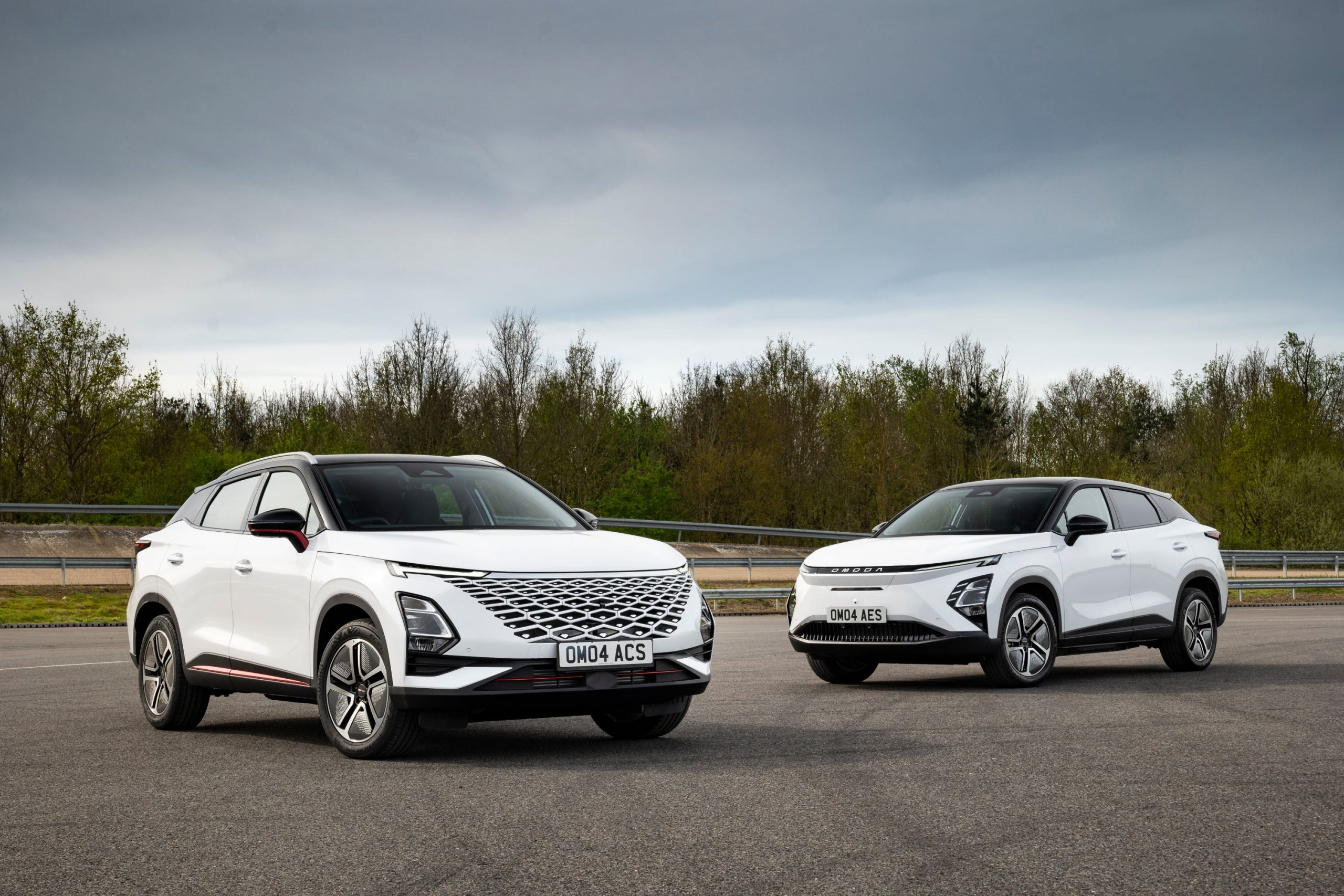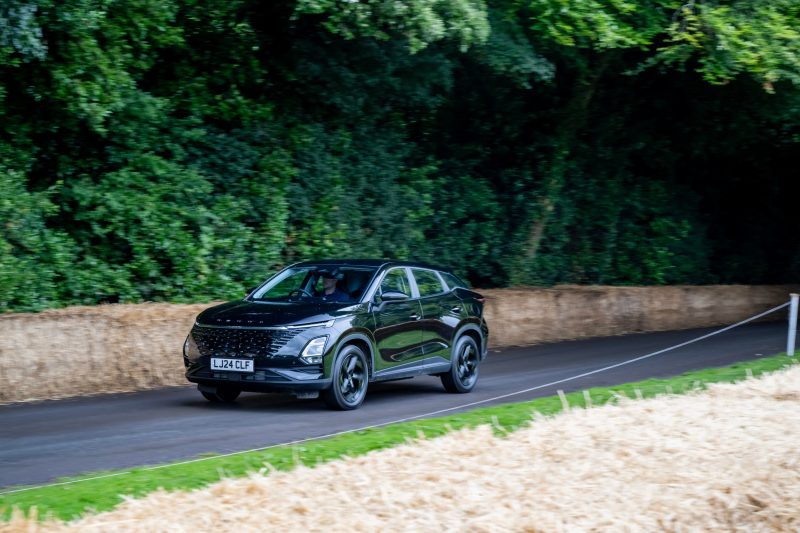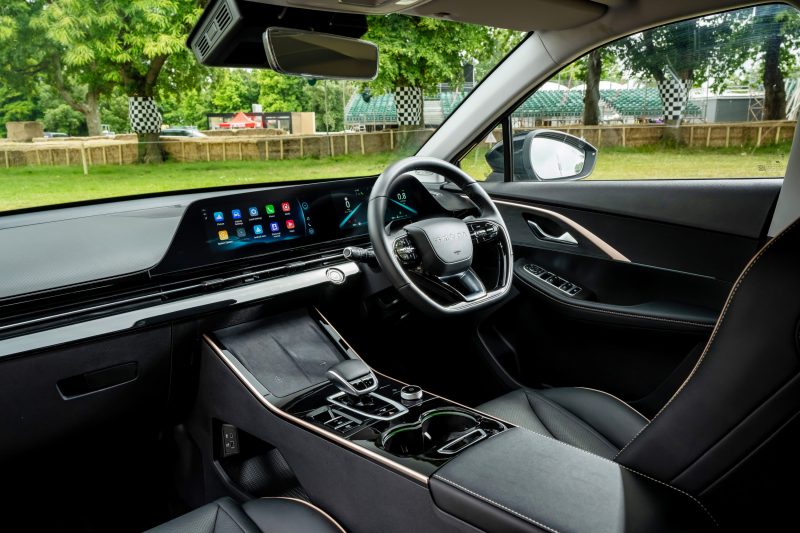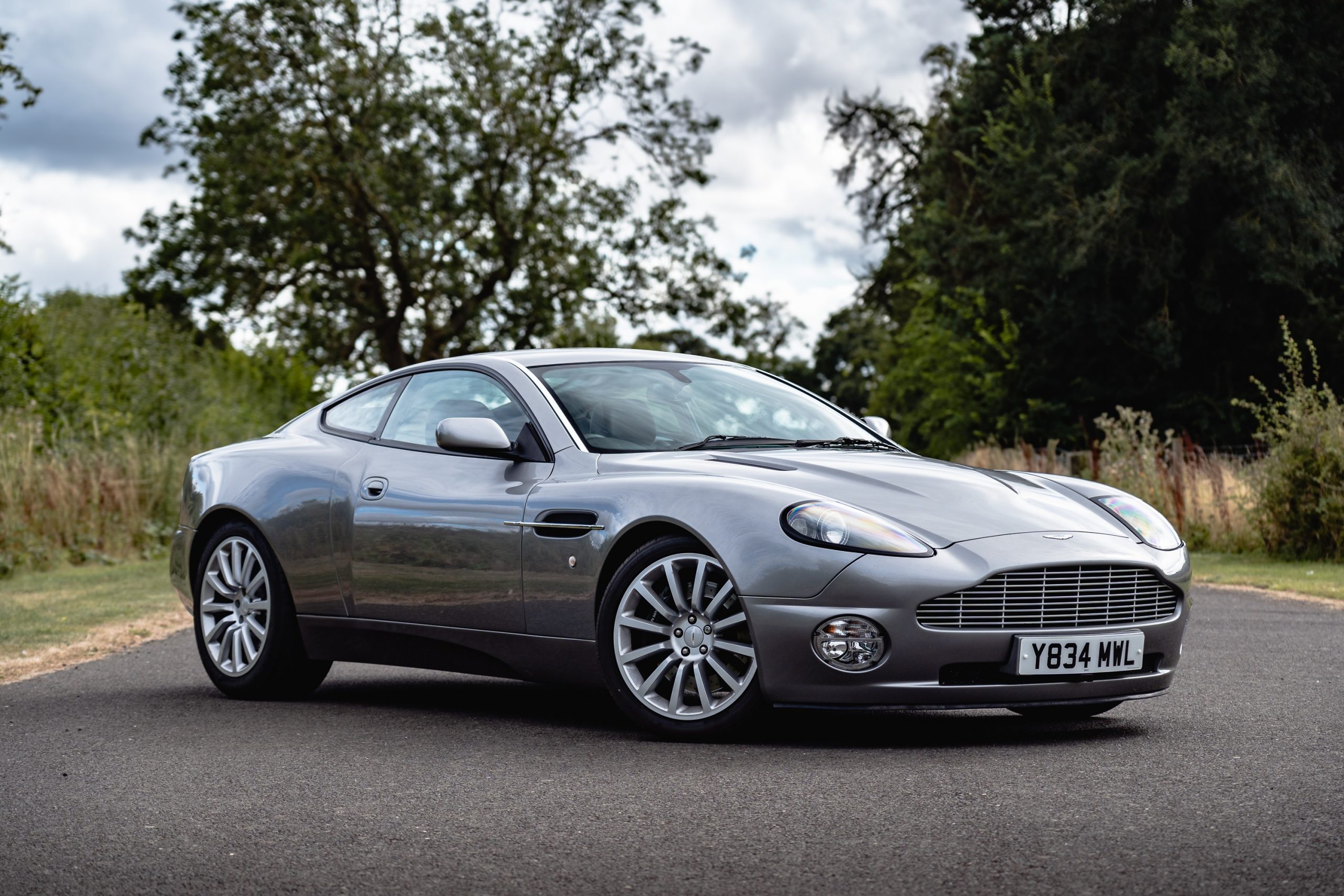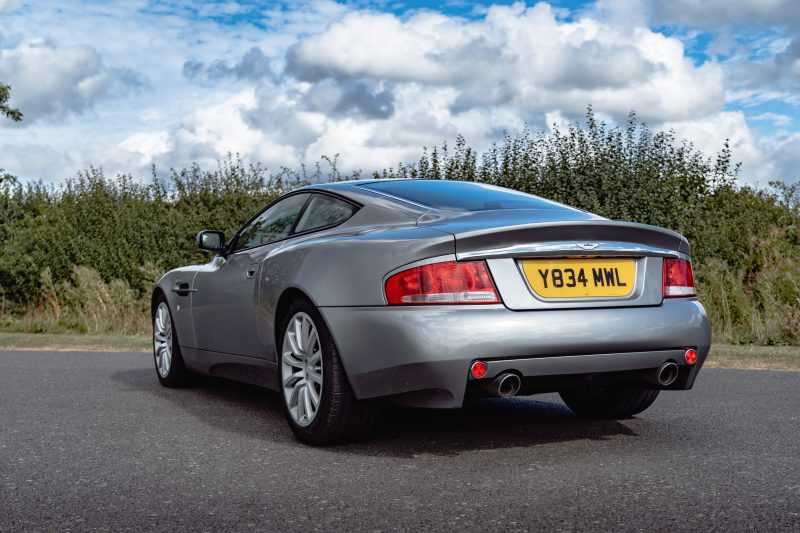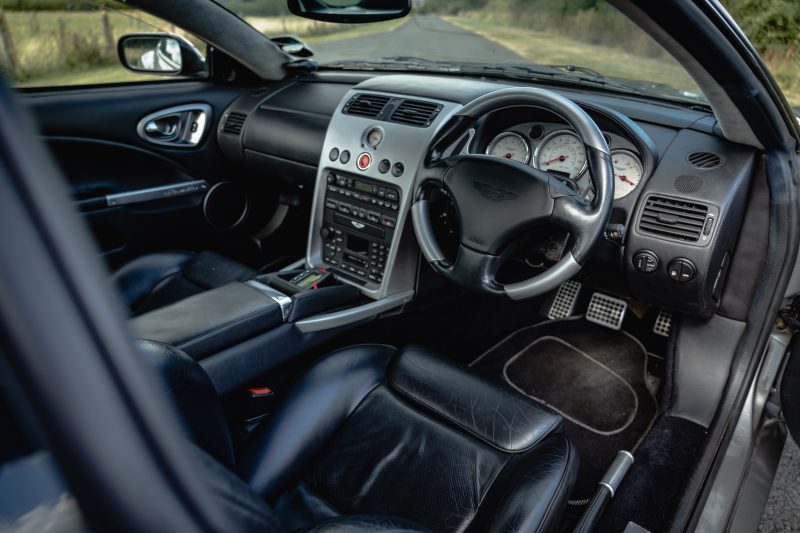What is it?
There’s a fair amount of prestige swirling around Honda’s Africa Twin. For decades now, it has been seen as one of the go-to adventure bikes in the class, offering long-distance comfort coupled with the ability to head off the beaten track at any given moment.
But as adventure bikes have risen in popularity, so the Africa Twin’s competitors have become more numerous. With such fierce rivalry, is the Honda still the one to go for? We’ve been finding out.
What’s new?

More than three decades have passed since the first Africa Twin hit European roads and in that time it has become more tech-heavy and focused. For 2024, the Africa Twin gained a number of crucial changes, including a number of chassis tweaks and the availability of Showa Electronically Equipped Ride Adjustment technology on all models, rather than just range-topping versions.
A new, enlarged and five-way adjustable screen is a key new addition to help boost visibility and decrease the impact of the wind, while the inclusion of Apple CarPlay allows you to mirror your smartphone’s screen on the main display while controlling it via the handlebar-mounted switches. It all aims to make the Africa Twin even easier to live with over those long-distance trips.
What’s it powered by?
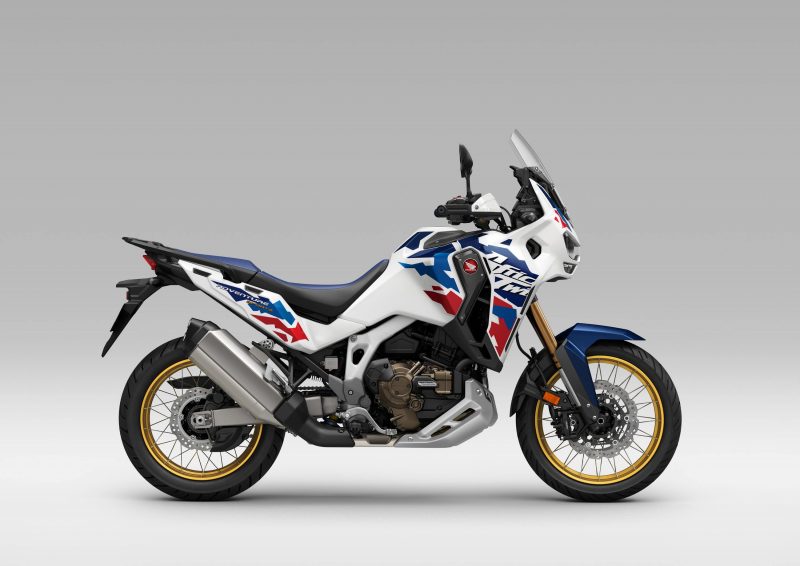
As before, the Africa Twin gets a 1084cc parallel twin engine at its very core and while total power remains at 101bhp, maximum torque has been increased by seven per cent to a total of 112Nm. Plus, this torque is now delivered earlier in the rev range, making the Africa Twin more keen to overtake, even in a higher gear. Honda has also made some revisions to the ECU settings and valve timing to extract as much potential from the engine as possible. An 18.8-litre tank means that the Africa Twin should manage those long-distance trips easily, too.
As on the previous Africa Twin – and like the bike we’re testing here – there’s a Dual Clutch Transmission available on this latest model. Honda has also refined this system, with the gearbox shifting down a little earlier than before and detecting corners more keenly.
What’s it like to ride?

Make no mistake, the Africa Twin is a big bike. At its top, you can have an 870mm seat height, though there is the option to drop it to 825mm if you’re a little shorter. We chose to bring the seat height down – this rider stands at just under six foot – and it made the Africa Twin a little more accessible and less intimidating overall. Once you’re off, the Africa Twin’s excellent balance inspires confidence and it’s easy to move around, even at low speeds. You sit high, naturally, and this gives you a good view of the road ahead. Without any boxes or panniers fitted the Africa Twin doesn’t feel too wide, either, so filtering is far easier than you might expect.
The DCT gearbox does take some getting used to. Of course, the lack of any clutch lever feels strange initially and taking control of the gears via the handlebar-mounted shifters is another area of learning to take on board. You do soon get up to speed with it, but on occasions, you feel as though the bike is in too high of a gear – though this can be helped by selecting a sportier riding mode on the main screen which sharpens the shifts and allows the bike to hang on to gears a little longer.
How does it look?

The Africa Twin certainly makes an impact wherever it goes. The slightly zany styling which is so synonymous with this motorcycle continues on these latest models and it’s good to see that it’s still just as mad-looking as ever. There are just two colourways to choose from – Grand Prix Red and Matt Ballistic Black Metallic – but with its contrast gold wheels, we do have to say that the former looks the business when you see it in the metal.
As with any adventure bike, the Africa Twin is available with a wide range of accessories to tailor it to any journey you’re planning. Engine and knuckle guards can be added as an option, alongside a variety of stickers and rally pegs. Through a series of optional packs, it’s not hard to make the Africa Twin look bespoke to you.
What’s the spec like?
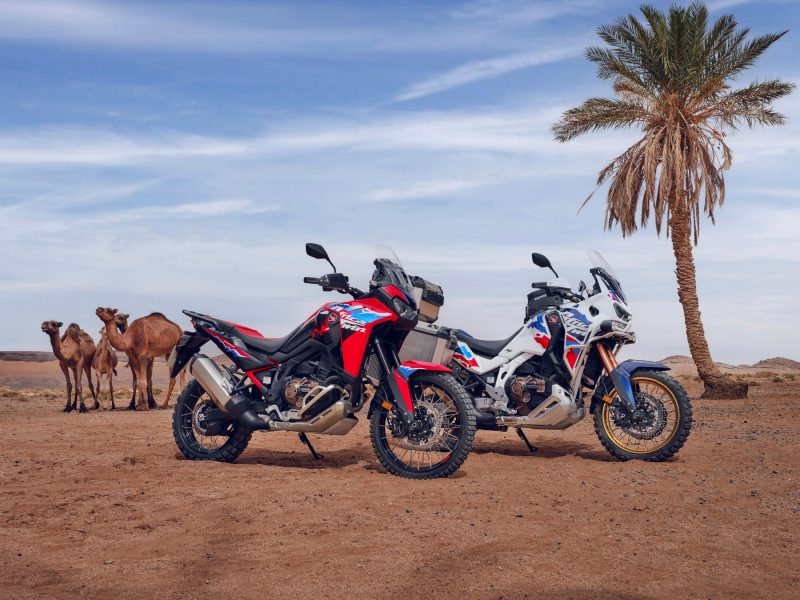
Prices for the Africa Twin kick off at £13,249, or £15,949 for a version equipped with both DCT and the aforementioned electronic suspension kit. You do get plenty of standard features for the money, mind you, including cruise control, self-cancelling indicators, full LED headlights and a 6.5-inch TFT display which, as mentioned, gets Apple CarPlay and Android Auto via a wired connection.
After that, the sky is the limit price-wise. As we’ve touched on, there is a great variety of packs available and though these do add to the versatility of the Africa Twin, expect this bike’s price to crank up if you start getting gung-ho with the options list.
Verdict
The Africa Twin feels more accomplished than ever. In truth, it didn’t need a whole lot of change, but some tweaks and changes here and there have helped to make it even more rounded than before.
We’d argue that it’s worth taking a good test ride if you’re looking at a DCT version – it can feel a little bit alien, to begin with – but once you’re over the initial strangeness, it’s easy to see why this transmission has proven so popular.
